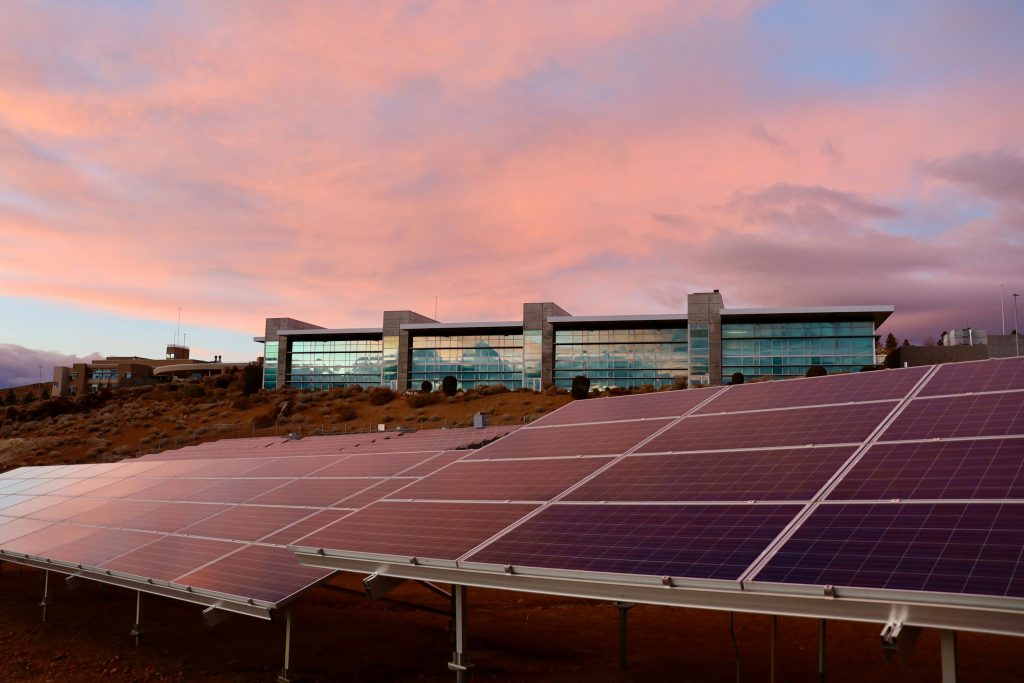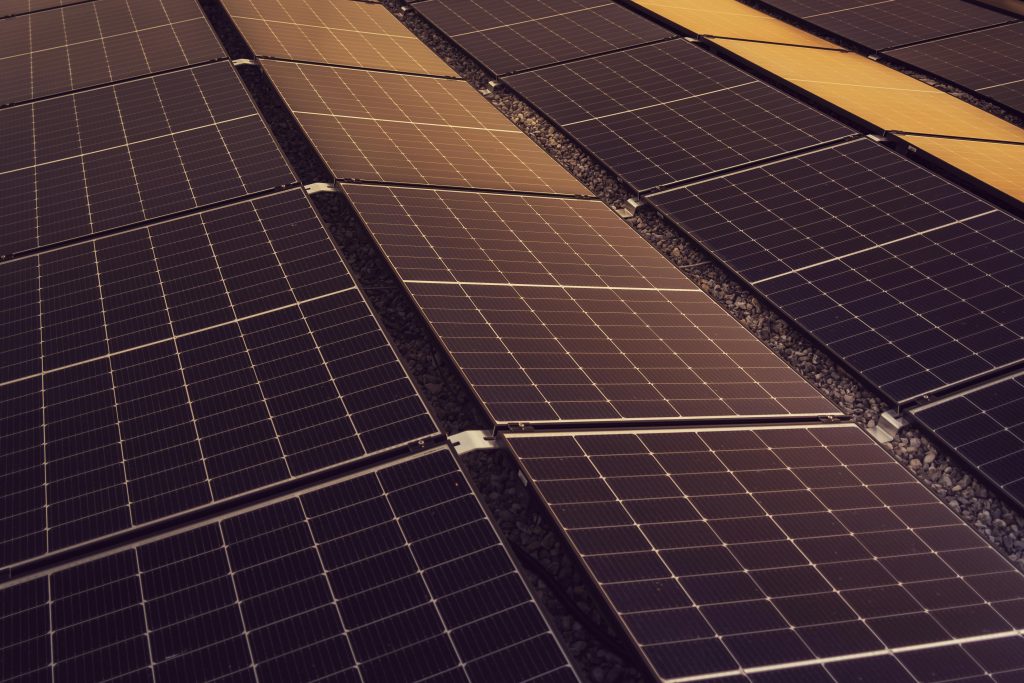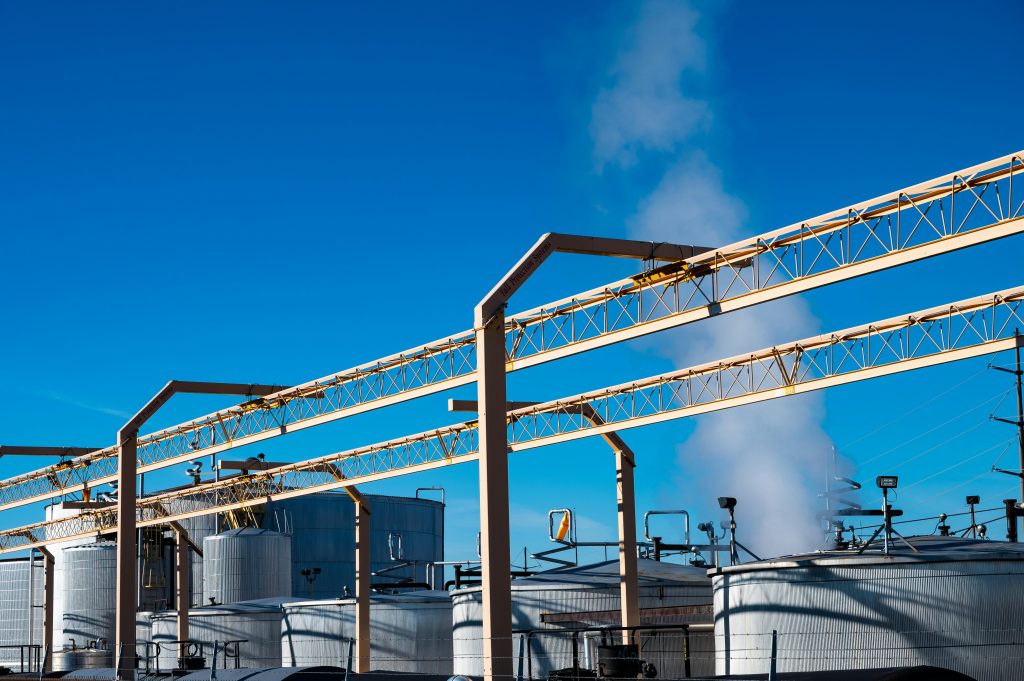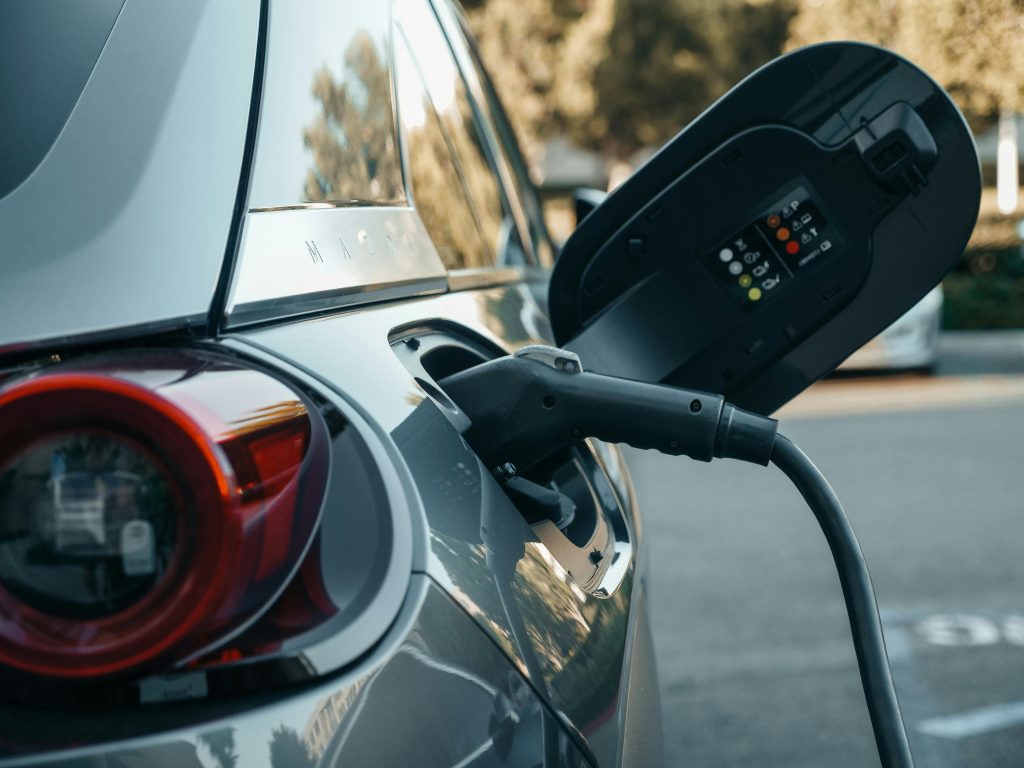As the world grapples with the dual challenges of climate change and resource depletion, energy efficiency has emerged as a cornerstone of sustainable development. By optimizing energy use and reducing waste, businesses and communities can lower their environmental impact, cut costs, and ensure a reliable energy supply for the future. This article explores key strategies for improving energy efficiency and highlights how innovative approaches are paving the way for a sustainable future.
The Importance of Energy Efficiency
Energy efficiency refers to using less energy to perform the same task or achieve the same outcome. It is one of the most effective ways to reduce greenhouse gas emissions, combat climate change, and conserve natural resources. Beyond environmental benefits, energy efficiency also offers economic advantages, such as lower utility bills and reduced operational costs for businesses.
In a world where energy demand is rising rapidly, improving energy efficiency is not just an option—it’s a necessity. From industrial operations to residential buildings, every sector has a role to play in achieving a sustainable energy future.
Key Strategies for Improving Energy Efficiency
1. Smart Energy Management Systems
Smart energy management systems use IoT (Internet of Things) sensors, AI (Artificial Intelligence), and data analytics to monitor and optimize energy consumption in real time. These systems identify inefficiencies, predict energy demand, and automate energy-saving measures, such as adjusting lighting, heating, and cooling systems.

2. Energy-Efficient Building Design
Buildings account for a significant portion of global energy consumption. Energy-efficient design principles, such as proper insulation, energy-efficient windows, and passive solar heating, can drastically reduce energy use. Green building certifications, like LEED and BREEAM, encourage the adoption of sustainable practices in construction.

3. Renewable Energy Integration
Transitioning to renewable energy sources, such as solar, wind, and hydropower, is a key strategy for improving energy efficiency. Renewable energy systems generate clean power with minimal environmental impact and can be integrated with energy storage solutions to ensure a stable supply.

4. Industrial Energy Optimization
Industries are major energy consumers, but they also have significant potential for energy savings. Strategies like process optimization, waste heat recovery, and the use of energy-efficient machinery can reduce energy consumption and lower operational costs.

5. Transportation Efficiency
The transportation sector is a major contributor to energy consumption and emissions. Strategies like electric vehicles (EVs), fuel-efficient engines, and optimized logistics can improve energy efficiency and reduce the environmental impact of transportation.

6. Behavioral Changes and Awareness
Energy efficiency is not just about technology—it also involves changing behaviors and raising awareness. Simple actions, such as turning off lights when not in use, using energy-efficient appliances, and reducing water heating temperatures, can collectively make a significant impact.
Benefits of Energy Efficiency
- Environmental Protection: Reduces greenhouse gas emissions and conserves natural resources.
- Cost Savings: Lowers energy bills for households and operational costs for businesses.
- Energy Security: Reduces dependence on fossil fuels and enhances energy independence.
- Improved Comfort: Energy-efficient buildings provide better insulation, lighting, and temperature control.
- Economic Growth: Creates jobs in the renewable energy and energy efficiency sectors.
The Future of Energy Efficiency
The future of energy efficiency lies in the integration of technology, policy, and innovation. Key trends to watch include:
1. Smart Grids and Energy Storage
Smart grids enable two-way communication between energy providers and consumers, optimizing energy distribution and reducing waste. Energy storage systems, such as batteries, ensure a stable supply of renewable energy.
2. Net-Zero Energy Buildings
Net-zero energy buildings produce as much energy as they consume, often through a combination of energy efficiency measures and renewable energy systems.
3. Circular Economy in Energy
The circular economy model emphasizes recycling and reusing energy resources, minimizing waste, and maximizing efficiency.
4. Policy and Incentives
Governments and organizations are implementing policies and incentives to promote energy efficiency, such as tax credits, subsidies, and energy efficiency standards.
Conclusion
Energy efficiency is a powerful tool for building a sustainable future. By adopting strategies like smart energy management, renewable energy integration, and energy-efficient design, we can reduce our environmental impact, save costs, and ensure a reliable energy supply for generations to come. The transition to a more energy-efficient world requires collaboration between governments, businesses, and individuals, but the benefits are well worth the effort.
The future of energy is efficient, sustainable, and innovative—and it starts with the choices we make today.
References
- “The Role of Energy Efficiency in Climate Change Mitigation” – International Energy Agency (IEA)
- “Smart Energy Management Systems for Buildings” – IEEE Smart Grid
- “Renewable Energy and Energy Efficiency: A Sustainable Future” – World Resources Institute (WRI)
- “Industrial Energy Efficiency: Strategies and Benefits” – Energy.gov